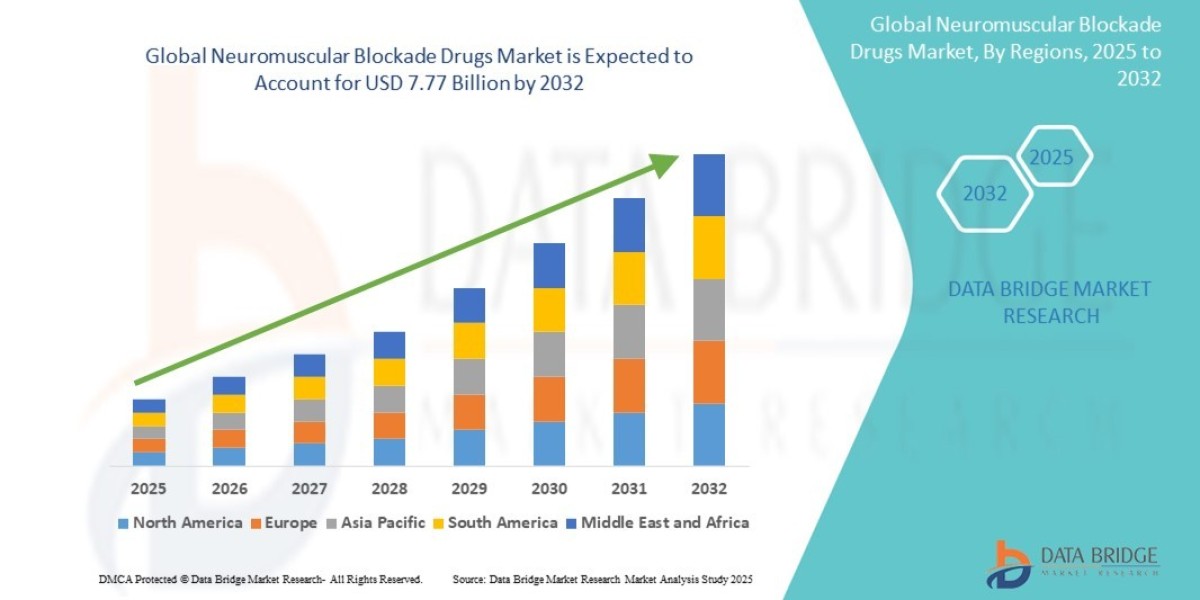A varicocele is a common yet often overlooked condition that affects men, especially during their reproductive years. It is characterized by enlargement and twisting of veins within the scrotum — the loose sac that holds the testicles. Much like varicose veins that appear in the legs, varicoceles result from defective valves in the veins, leading to blood pooling and increased pressure in the scrotal area.
While many varicoceles remain asymptomatic, some can cause testicular pain, shrinkage (atrophy), and infertility. In fact, varicocele is the most common correctable cause of male infertility, found in up to 40% of men evaluated for reproductive problems. Fortunately, effective and minimally invasive treatments are now available that can restore testicular health and fertility potential.
This article provides a complete, in-depth overview of varicocele, including its causes, symptoms, diagnosis, modern treatment options, surgical techniques, outcomes, and recovery guidance.
Understanding Varicocele
A varicocele refers to the dilation of the pampiniform plexus, a group of small veins in the spermatic cord that drain blood from the testicle. These veins play an important role in temperature regulation, ensuring the testicles remain cooler than the body — a crucial factor for sperm production.
When the one-way valves inside these veins fail, blood starts to flow backward and accumulates, leading to increased venous pressure, swelling, and impaired cooling. Over time, this can result in testicular dysfunction and reduced sperm quality.
Prevalence and Demographics
Occurs in about 15% of all men worldwide.
Present in 35% of men with primary infertility (never conceived) and 80% with secondary infertility (conceived before but now infertile).
Typically develops between ages 15 and 25, often on the left side due to anatomical reasons.
Found in both fertile and infertile men, though the severity and symptoms vary widely.
Why Does Varicocele Occur?
The primary mechanism behind varicocele formation is venous valve dysfunction. However, several other anatomical and physiological factors contribute to its development.
1. Incompetent Venous Valves
Normally, these valves ensure one-way blood flow toward the heart. When they fail, blood flows backward, causing venous dilation and congestion.
2. Anatomical Variations
The left testicular vein drains into the left renal vein at a right angle, increasing hydrostatic pressure. In contrast, the right vein drains directly into the inferior vena cava, which explains why 90% of varicoceles occur on the left side.
3. Nutcracker Phenomenon
Compression of the left renal vein between the aorta and superior mesenteric artery increases pressure in the left testicular vein, contributing to varicocele formation.
4. Increased Intra-Abdominal Pressure
Frequent heavy lifting, chronic coughing, or constipation may raise intra-abdominal pressure, leading to venous dilation.
5. Genetic Predisposition
Inherited weakness in venous walls or defective valves can increase the risk, often seen in families with varicose veins or hernias.
Classification of Varicocele
Varicoceles are classified based on severity (clinical grading) and side involvement.
A. Based on Side
Left-Sided Varicocele: Most common (90%).
Right-Sided Varicocele: Uncommon; may indicate a secondary cause.
Bilateral Varicocele: Affects both testicles (~10–15% of cases).
B. Based on Clinical Grade
Grade I (Small): Palpable only during the Valsalva maneuver.
Grade II (Moderate): Palpable without straining but not visible.
Grade III (Large): Clearly visible through the scrotal skin — often described as a “bag of worms.”
Subclinical Varicocele: Detected only by ultrasound, not by physical examination.
Symptoms of Varicocele
Varicocele symptoms vary from mild discomfort to significant pain and fertility issues. Some men remain asymptomatic, while others experience persistent problems. Common symptoms include:
Dull, aching, or throbbing pain in the scrotum.
Heaviness or dragging sensation, worsening with standing or exertion.
Visible or palpable enlarged veins resembling a cluster of worms.
Swelling or lump in the scrotum.
Testicular asymmetry or atrophy, especially on the affected side.
Fertility problems, due to poor sperm quality.
Relief from discomfort when lying down.
Pain is usually mild but can become chronic or worsen with prolonged standing, exercise, or heat exposure.
Impact of Varicocele on Fertility
Varicocele is strongly linked with male infertility and poor semen parameters. The condition affects sperm production and function through multiple mechanisms:
Increased Scrotal Temperature:
Venous pooling raises testicular temperature, disrupting optimal sperm formation.Oxidative Stress:
Accumulated blood increases reactive oxygen species (ROS), damaging sperm DNA and cell membranes.Testicular Hypoxia:
Stagnant blood flow decreases oxygen delivery, impairing spermatogenesis.Hormonal Dysfunction:
Leydig cells (responsible for testosterone production) are adversely affected, reducing testosterone levels.Backflow of Renal Metabolites:
Toxic metabolites from the kidney may reflux into the testicular vein, harming testicular tissue.
Studies show that varicocele repair can improve sperm count, motility, morphology, and testosterone production, significantly enhancing natural conception rates.
Diagnosis of Varicocele
A detailed urological evaluation is essential for accurate diagnosis. The diagnostic process includes:
1. Physical Examination
The doctor examines the scrotum while the patient is standing. Varicoceles become more prominent during the Valsalva maneuver (straining). Based on visibility and palpability, the varicocele is graded.
2. Scrotal Doppler Ultrasound
This imaging test confirms the diagnosis by detecting:
Dilated veins >3 mm in diameter.
Reversed or sluggish venous flow.
Subclinical varicoceles not detected during physical exam.
3. Semen Analysis
Assesses sperm count, motility, and morphology. Abnormalities may warrant treatment.
4. Hormonal Testing
Evaluates FSH, LH, and testosterone levels to assess testicular function.
5. Imaging for Secondary Causes
In older men or those with right-sided varicocele, abdominal ultrasound or CT may be ordered to rule out retroperitoneal tumors or venous obstruction.
When to Seek Treatment
Not every varicocele requires surgery. However, varicocele treatment is strongly recommended in the following cases:
Persistent scrotal pain or discomfort.
Infertility or abnormal semen parameters.
Testicular atrophy or asymmetry.
Low testosterone levels.
Cosmetic or psychological concerns due to visible swelling.
The main goal of treatment is to block the abnormal venous reflux while maintaining normal arterial and lymphatic drainage to the testicle.
Treatment Options for Varicocele
Treatment methods are divided into non-surgical and surgical/interventional approaches.
1. Non-Surgical (Conservative) Management
Conservative management is suitable for mild, asymptomatic cases or for patients not seeking fertility improvement.
Key measures include:
Scrotal support: Wearing snug underwear or athletic supporters to relieve pressure.
Pain management: Over-the-counter pain relievers like ibuprofen or paracetamol.
Lifestyle adjustments: Avoid heavy lifting, prolonged standing, and manage constipation.
Cold compression: Reduces swelling and discomfort.
Regular monitoring: Ultrasound and semen analysis every 6–12 months.
However, conservative treatment only manages symptoms — it does not correct the underlying venous defect.
2. Surgical and Interventional Procedures
If symptoms persist or fertility is affected, surgical correction is required. The aim is to intercept the faulty veins responsible for blood reflux.
A. Microsurgical Varicocelectomy (Gold Standard)
Procedure Overview:
Performed under general or local anesthesia.
A small incision (2–3 cm) is made near the groin.
Using an operating microscope, the surgeon precisely identifies and ligates the dilated veins.
Arteries and lymphatic vessels are carefully preserved to prevent complications.
Advantages:
Highest success rate (>95%).
Lowest recurrence (<2%).
Minimal risk of hydrocele (fluid buildup).
Quick recovery with minimal scarring.
Excellent improvement in semen quality and testosterone levels.
This technique is considered the gold standard due to its precision and superior outcomes.
B. Laparoscopic Varicocelectomy
Procedure Overview:
Minimally invasive approach using small incisions in the abdomen.
A laparoscope (camera) and fine instruments are used to locate and clip or seal the affected veins.
Advantages:
Best for bilateral varicoceles.
Minimal postoperative pain.
Faster return to work.
Limitations:
Requires general anesthesia.
Slightly higher recurrence rate compared to microsurgery.
C. Percutaneous Embolization (Non-Surgical Option)
Procedure Overview:
Performed by an interventional radiologist under local anesthesia.
A catheter is inserted through a vein in the neck or groin and guided to the testicular vein.
Coils or sclerosant agents are used to block the refluxing veins.
Advantages:
No surgical incision.
Outpatient procedure.
Very short recovery period (1–2 days).
Limitations:
Recurrence rate 5–10%.
Technically challenging if veins are tortuous.
D. Open Surgical Ligation (Palomo or Ivanissevich Method)
Procedure Overview:
Involves a single incision in the lower abdomen or groin.
The dilated veins are tied off directly.
Advantages:
Widely available and simple.
Effective for large varicoceles.
Disadvantages:
Longer recovery period.
Higher risk of hydrocele formation.
Slightly higher recurrence rate.
Postoperative Recovery and Care
Recovery after varicocele treatment is generally smooth and uncomplicated.
Immediate Care:
Rest for 24–48 hours post-surgery.
Apply cold compresses to reduce swelling.
Keep the area clean and dry.
Activity Restrictions:
Avoid strenuous exercise or heavy lifting for 2–3 weeks.
Resume normal daily activities within 5–7 days.
Abstain from sexual activity for about 2 weeks (or as advised by the doctor).
Medications:
Painkillers or anti-inflammatory drugs may be prescribed.
Antibiotics if necessary to prevent infection.
Follow-Up:
Regular ultrasound to ensure vein closure.
Semen analysis at 3 and 6 months to evaluate improvement.
Results and Success Rates
Pain relief: 85–90% of patients experience significant improvement.
Improved semen quality: 60–80% show better sperm count and motility.
Pregnancy rates: 40–60% of couples achieve conception naturally within 12 months post-surgery.
Testosterone boost: Noticeable increase in men with pre-existing low levels.
Recurrence: <2% with microsurgery; up to 10% with older techniques.
Overall, varicocele repair offers excellent long-term results in restoring reproductive function and testicular health.
Possible Complications
Though rare, potential complications include:
Hydrocele formation (fluid buildup).
Recurrence of varicocele.
Infection or bleeding.
Testicular artery injury (very rare with microsurgery).
Temporary scrotal swelling or numbness.
With modern techniques and experienced surgeons, complication rates are minimal.
Lifestyle and Prevention Tips
While varicocele cannot always be prevented, maintaining good vascular and reproductive health can reduce risks and improve outcomes:
Maintain healthy weight and posture.
Avoid prolonged standing or straining.
Manage constipation and respiratory problems.
Wear supportive underwear.
Eat foods rich in antioxidants, zinc, and selenium.
Avoid excessive heat exposure (hot tubs, saunas).
Do regular testicular self-exams.
Prognosis and Long-Term Outlook
After successful treatment, most men experience:
Complete or near-complete pain relief.
Improved fertility potential and hormonal balance.
Restoration of testicular size if treated early.
Sustained results with low recurrence.
With the advent of microsurgical and embolization techniques, varicocele repair has become a safe, permanent, and fertility-enhancing procedure.
Conclusion
Varicocele is a common, treatable condition that significantly affects male reproductive health. While it may remain asymptomatic for years, it can lead to infertility, discomfort, and hormonal imbalances if left unaddressed.
Modern treatments — particularly microsurgical varicocelectomy and embolization — provide highly effective, low-risk solutions with excellent long-term results. Early diagnosis and professional management are key to preventing complications and preserving fertility.
If you experience scrotal pain, visible veins, or fertility concerns, consult a qualified urologist or andrologist for evaluation. With timely treatment, men can regain comfort, fertility, and confidence in their reproductive health.








